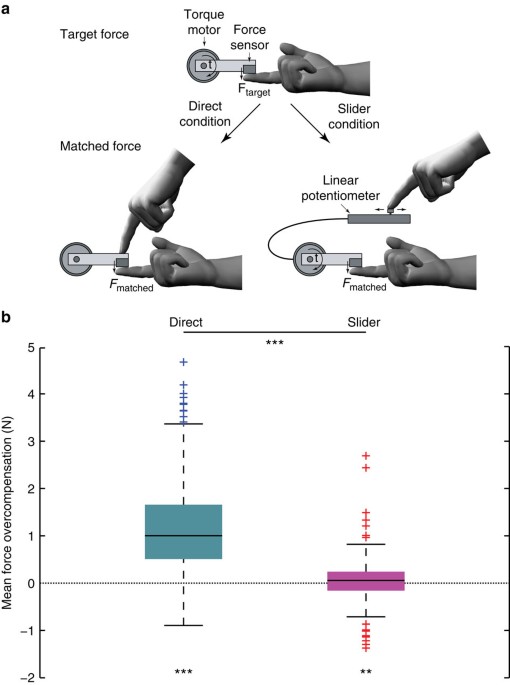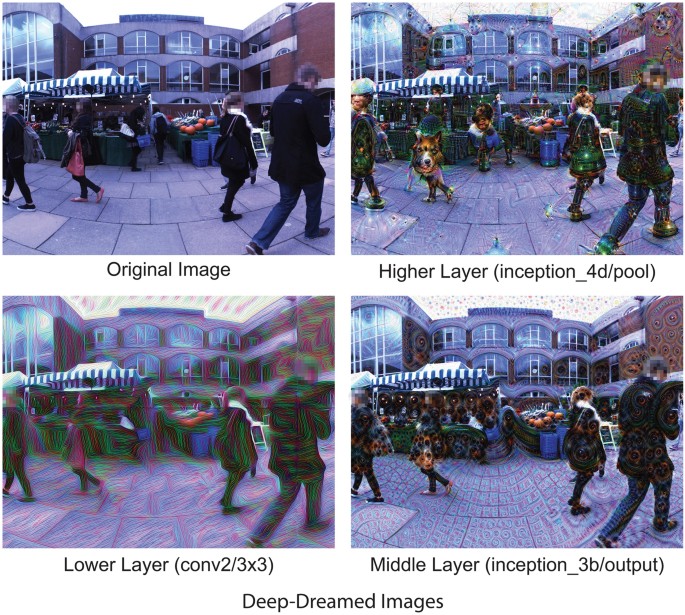Public Channels
- # discussions
- # keynote_tenenbaum
- # s1_lecun
- # s1_matsuo
- # s1_precup
- # s1_silver
- # s1_sugiyama
- # s2_fiete
- # s2_friston
- # s2_nagai
- # s2_sahani
- # s2_taniguchi
- # s3_botvinick
- # s3_kanai
- # s3_langdon
- # s3_nakahara
- # s3_wang
- # s4_dicarlo
- # s4_kamitani
- # s4_moran
- # s4_sejnowski
- # s4_takahashi
- # s5_churhland
- # s5_doya
- # s5_ema
- # s5_kitano
- # s5_russell
Private Channels
Direct Messages
Group Direct Messages
This is a discussion channel for “Cognitive Development Based on Predictive Coding” by Prof. Yukie Nagai (The University of Tokyo International Research Center for Neurointelligence). A link to the talk is the following. Please do not share the link to anyone outside of this slack workspace. Access Pass code can be found at the announcement channel. URL: https://vimeo.com/471277360 (28 minutes)
Hi Yukie-san (I will try to use the first name to call in this symposium, sorry) Thank you very much for very clear talk. I understand the importance of active inference in getting a better representation of the learning, and predictive coding is one of the essential elements in active inference. In your explanation, along with Friston’s formalization, it is assumed that the prediction output is calculated after the internal model output. But as studied in the motor control research field, internal models are required to be learnt. Maybe you mean that the arrow piercing the motor box in your cartoon means the internal model adaptation. So can I interpret that the output of the internal model (sometimes) corresponds to the desired (or reference) sensory outcomes (with considering the world/environmental situation) in a notion of classical motor control? In other words, is it OK to understand that the predictor corresponds to the motor planning? Or Is this a bad idea to understand the predictive-coding in the free-energy principle?
@Hiroaki Gomi Thank you for your question to clarify my explanation. As you understood, the internal model predicts the desired sensory signals for the exteroceptive, interoceptive, and proprioceptive sensations. Then the motor output is generated by updating the proprioceptive state based on the prediction error (i.e., the difference between the desired sensory signals and the actual sensory signals). I think the idea of predictive coding agrees with the idea of classical motor control and moreover provides a unified account for the perception and action. This is why predictive coding has been attracting strong attention in developmental robotics as well as in neuroscience.
Dear Dr. Yukie, Thank you very much for the great talk. I am inspired by adopting predictive coding to connect sensory and motor systems, and to account for pathology with hypo- and hyper- priors and also children development. In the slide presenting the diagram about predictive coding, especially for the loops in the motor system, the black arrow is the discrepancy between prediction and proprioception sensation to update "the motor output". I just wonder if it may also update the "internal model" at the same time to have a more accurate prediction for upcoming proprioceptive sensation? Or, proprioception could be thought of as one of the sensory inputs as well, and then the discrepancy updates the motor outputs through the internal model? In addition, is it possible to interpret not only behavior (e.g., drawing test), but also brain activations in neuroimages (or other neural evidence) with the neural network of predictive coding and aberrant prediction you proposed ? I think it would be a good attempt to understand brain connectivities responsible for internal model (or prediction updating) and further hopefully elucidate the pathological mechanism of "spectrum" in ASD or other mental illness. Again, thank you for the interesting talk. 👍
Thank you very much for the great and interesting talk. I think your research explained the cognitive acquisition phase in two approaches. What kind of explanation can be given in the phase of cognitive loss in old age? I am studying human factors on driving, especially a driving support for the elderly, and I am studying the mechanism by which cognitive decline makes it impossible to drive. I thought I could think with a similar approach. The difference may that the prediction error is based on many years of experience. I think it is due to a discrepancy with the actual operation.
Thanks a lot for your inspiring talk, Prof. Nagai. I really like your approach of using predictive coding to anticipate others’ action and use “social” prediction error to adjust the robot’s behavior. I was wondering if you have implemented also models of higher-level forms of co-representation, beyond Mirron Neuron processes for action observation/prediction, for example to predict other’s more abstract/general intentions/goals. It would be great if you could point me to work going in that direction. Many thanks!
@Koichi Emura Thank you for your important question. Although I haven’t been directly investigating the cognitive loss in old age, some evidences seem to suggest that it can be explained by the opposite process or the over-process of development. For example, a research shows that elderly people have stronger reliance on prediction (https://www.nature.com/articles/ncomms13034). It has also been demonstrated that hallucination, which is often observed in dementia, can be explained by strong influence of top-down prediction (https://www.nature.com/articles/s41598-017-16316-2). I guess weaker prediction would also produce different types of cognitive difficulties. It would be interesting to test their cognitive ability based on predictive coding.


*Thread Reply:* Thank you for your answer and informative references. I hear that illusions also arise from predictions, so I thought that if the balance between top-down prediction and bottom-up prediction is lost, hallucinations or abstractions may occur. Your suggestion that weak predictions may result in cognitive decline is interesting.
@Doris Pischedda Thank you for your question. I haven’t been implemented such higher-level cognition abilities yet. However, I believe that an extension of the internal model with more hierarchies with longer time scales would enable the model/robot to infer others’ general intention and goal. It is also important to integrate multimodal signals, especially not only exteroceptive and proprioceptive signals but also interoceptive signals, which are completely missing in current AI and robotics. To achieve “higher-level intention”, I believe interoceptive sensations plays an important role.
*Thread Reply:* Thanks for your answer. That’s indeed a very important point. I agree this is an aspect that should be integrated to enable higher-level cognition in artificial agents. Thanks!